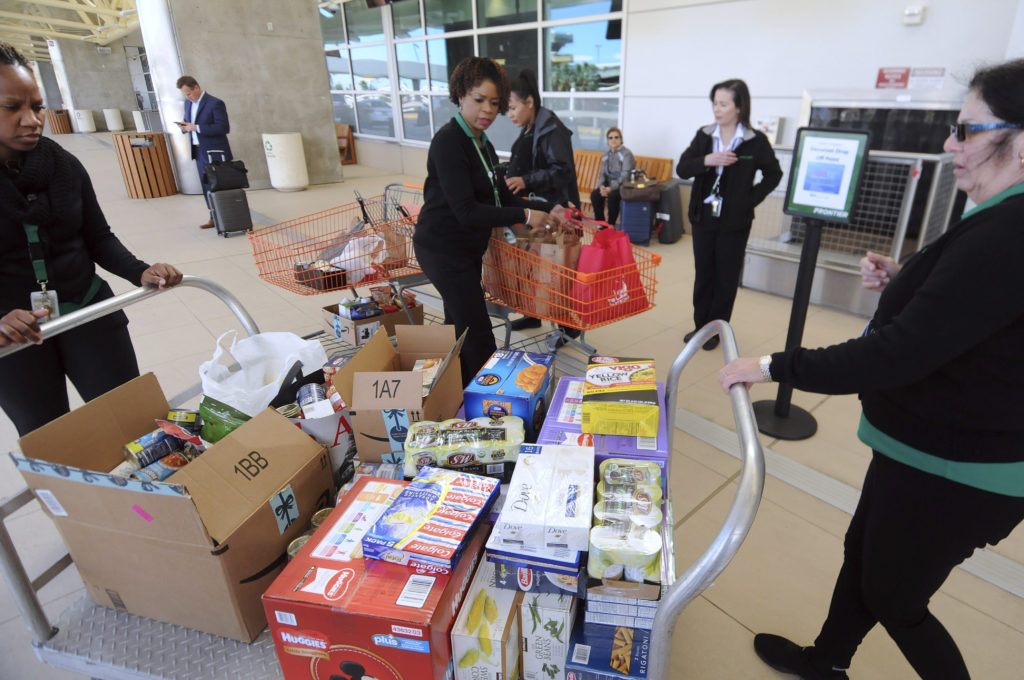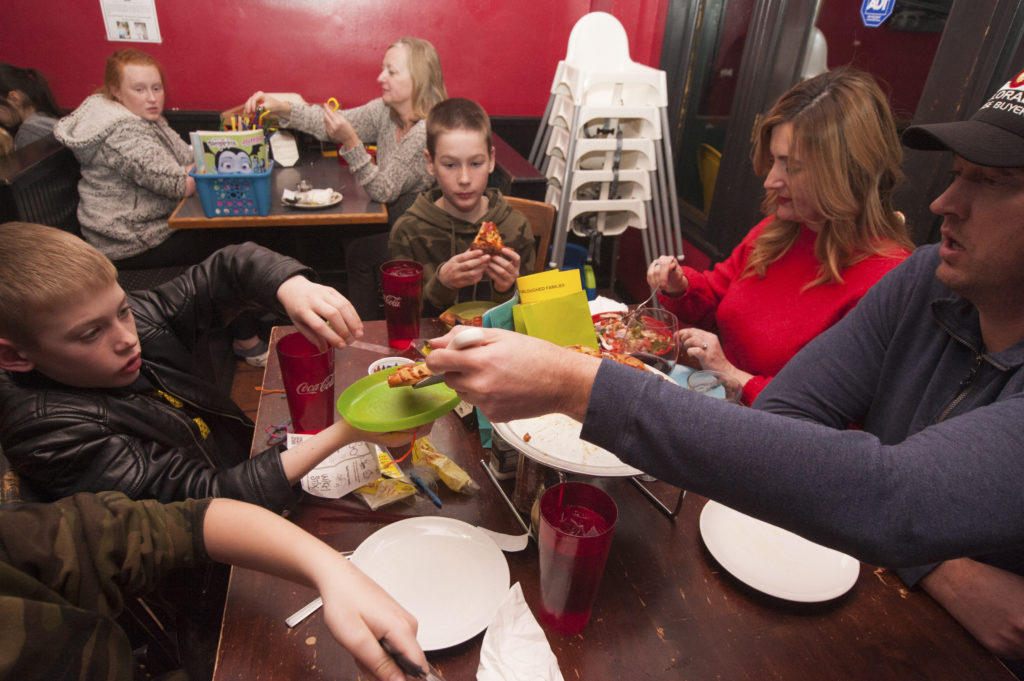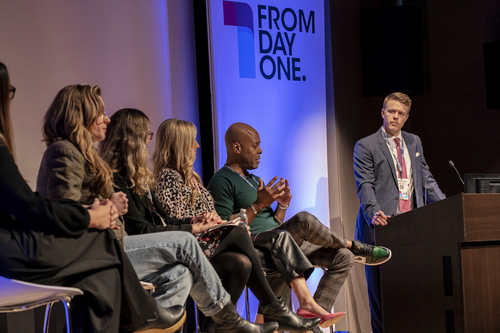From Day One Celebrates Its Fifth Anniversary
Half a decade ago, the news was erupting daily in an avalanche of headlines about Corporate America. A lot of those headlines were about scandals. About mistakes and injustice. These were not just mainstream media headlines, but also major stories emerging from digital media and social media. In fact, it seemed like for the first time everyone suddenly had a voice, and many of these voices were shouting. Many people within these companies were already committed to making positive change. But corporate values issues are often complex. They are typically interwoven with other business priorities, history, or plain old inertia. “Companies were being held accountable for their behavior in new and important ways, and it seemed like there was real, and possibly permanent change happening,” recalls From Day One CEO Nick Baily. “But then what? Even once you agree on a new set of values, there’s a lot of work to do in making them real.” This was the historical turning point the three founders of From Day One were contemplating when they launched, exactly five years ago this month, the organization’s very first event, a one-day conference of hundreds of business leaders at BRIC House in Brooklyn, a place not previously known for business conferences. From the start, it was designed to be something different.The idea was that the country needed a “forum on corporate values,” a gathering of professionals to talk about the relationship between companies and their employees and communities. In other words, their stakeholders, rather than just their stockholders. The founders–Baily, Erin Sauter, and me–felt certain that we didn’t know the answer to these pivotal questions, but we felt equally certain that there were many people with inspiring, practical insight on these topics, and that bringing them together into the same room would be a positive first step.The first event was a hit. Speakers from companies including IBM, NBCUniversal and Condé Nast offered fresh ideas on “building a more purposeful team” and “setting your values and following them.” Sponsors ranged from AT&T to Con Edison to Eileen Fisher. Attendees, for their part, asked: What will you be doing for an encore?The three founders decided to bring the Brooklyn-bred idea to Chicago, Boston, and beyond. Five years later, From Day One has hosted 45 one-day conferences from Seattle to Miami. The pandemic produced an existential moment of doubt for the company, but necessity proved inspirational. From Day One has hosted more than 60 virtual conferences and 220 webinars. All told, more than 72,000 professionals in HR and related fields have attended From Day One’s events. This year, Inc. magazine recognized From Day One as one of America’s 5,000 fastest-growing companies. The audience at a From Day One conference in Atlanta; featured photo: a panel onstage in Seattle (Photos by From Day One)Since the company has taken a journalistic approach to its conversations, it has never lacked for topics. History-making events of the past five years provided fuel for conversations that From Day One’s founders never could have expected. To start with, the pandemic brought the remote-work revolution. As Harvard professor Tsedal Neeley told our virtual audience: “I am 100% convinced that, if we do this hybrid right and with courage, and we set our policies based on need and not fear, we’re preparing for the digital revolution that’s right around the corner.” She was prophetic about the challenge of getting it right.The murder of George Floyd inspired a push for racial justice in Corporate America that would prove to be fitful, but the conversation was groundbreaking. “All of a sudden, I was talking about this, and our employees’ eyes were opened. We’ve never really talked openly about racism before at work,” Hoai Scott of NBCUniversal told our audience in Los Angeles. As the pandemic eased, the pent-up demand for more rewarding and meaningful work triggered the Great Resignation that sent companies into a frantic search for talent, which has only somewhat eased. “Comparing where we are now to where we were pre-Covid, I think the employee is going to retain a lot of power,” AT&T executive Ben Jackson told our Dallas audience last year. In turn, the need to retain workers inspired a major push among companies for better learning-and-development programs. “Our vision is–and it’s very lofty–we want to redefine what education means in this country, full stop,” Walmart’s head of L&D said in a From Day One fireside chat.What may be the most consequential development of From Day One’s short life is a debate about not only the future of work, but the meaning of work in our lives. To be sure, our colleagues at Harvard Business Review, which celebrated its 100th anniversary last year, have been at this awhile. But recent years have turned this philosophical question into a competitive news beat for business reporters and thinkers like Anne Helen Petersen, who has spoken to From Day One’s audience about both of her recent work-focused books. She was early in raising the prospect that a flexible approach to work arrangements “could actually help us decenter work, just slightly, from its place of prominence in our world.”To offer such a vigorous schedule of events to talk about these issues, From Day One now has a team of 18 full- and part-time employees who’ve developed diverse areas of expertise in finding inspiring speakers, developing an engaged audience, staging well-run events, and helping sponsors grow their businesses.What’s next? From Day One is planning a rich assortment of live and virtual events for the rest of 2023 and all through 2024, including a conference next week in our neighbor borough of Manhattan. We hope you’ll join us for the next chapters of our story.Steve Koepp is From Day One’s chief content officer.






